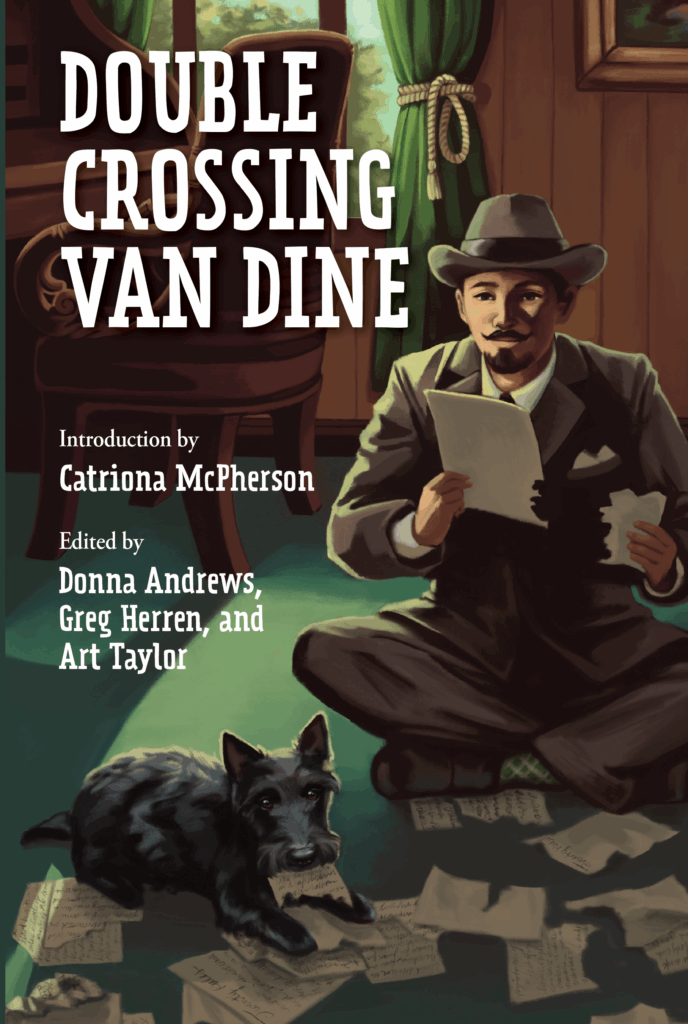In my story "Dalliances," Inspector Beckett Blackwood investigates the murder of an investment banker who'd been balancing relationships with two women. In the process, to quote the opening section, Blackwood also "found himself struggling to apprehend something deeper and more urgent about attraction, desire, and the mystery of love."
"Dalliances" is part of a new anthology I helped to organize with Donna Andrews, Greg Herren, and Jeffrey Marks, publisher of Crippen & Landru, as a follow up to the collection School of Hard Knox; this time out, contributors are breaking the twenty rules of detective fiction laid out by S.S. Van Dine. My own self-assigned rule was #16, as follows:
Rule #16: A detective novel should contain no long descriptive passages, no literary dallying with side-issues, no subtly worked-out character analyses, no "atmospheric" preoccupations. Such matters have no vital place in a record of crime and deduction. They hold up the action, and introduce issues irrelevant to the main purpose, which is to state a problem, analyze it, and bring it to a successful conclusion. To be sure, there must be a sufficient descriptiveness and character delineation to give the novel verisimilitude; but when an author of a detective story has reached that literary point where he has created a gripping sense of reality and enlisted the reader's interest and sympathy in the characters and the problem, he has gone as far in the purely "literary" technique as is legitimate and compatible with the needs of a criminal-problem document. A detective story is a grim business, and the reader goes to it, not for literary furbelows and style and beautiful descriptions and the projection of moods, but for mental stimulation and intellectual activity—just as he goes to a ball game or to a cross-word puzzle. Lectures between innings at the Polo Grounds on the beauties of nature would scarcely enhance the interest in the struggle between two contesting baseball nines; and dissertations on etymology and orthography interspersed in the definitions of a cross-word puzzle would tend only to irritate the solver bent on making the words interlock correctly.
We're thrilled to have such a great batch of contributors this round, including my co-editors, plus J.C. Bernthal, John Floyd, Michael Thomas Ford, Barb Goffman, Elly Griffiths, Cheryl Head, Vaseem Khan, Edith Maxwell, Tom Mead, Richie Narvaez, Erica Ruth Neubauer, Alan Orloff, Gigi Pandian, Leigh Perry, Delia Pitts, Marcia Talley, and Elaine Viets.
